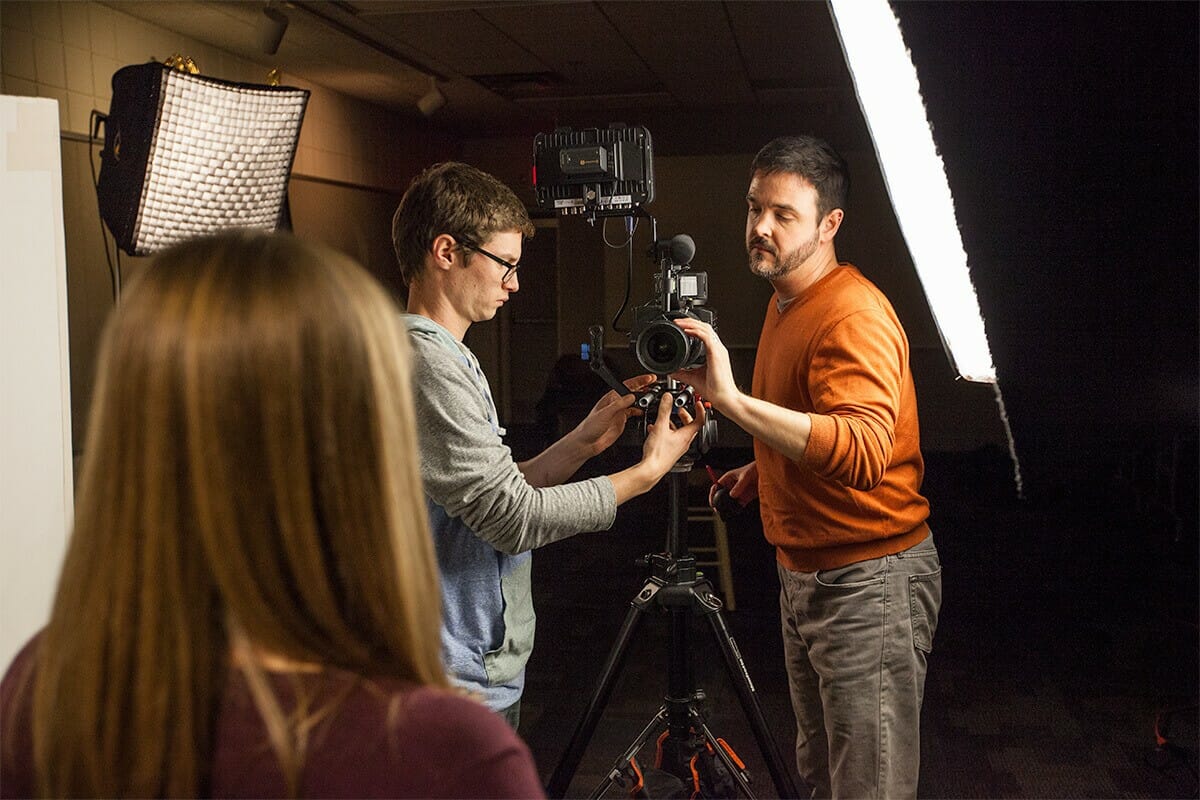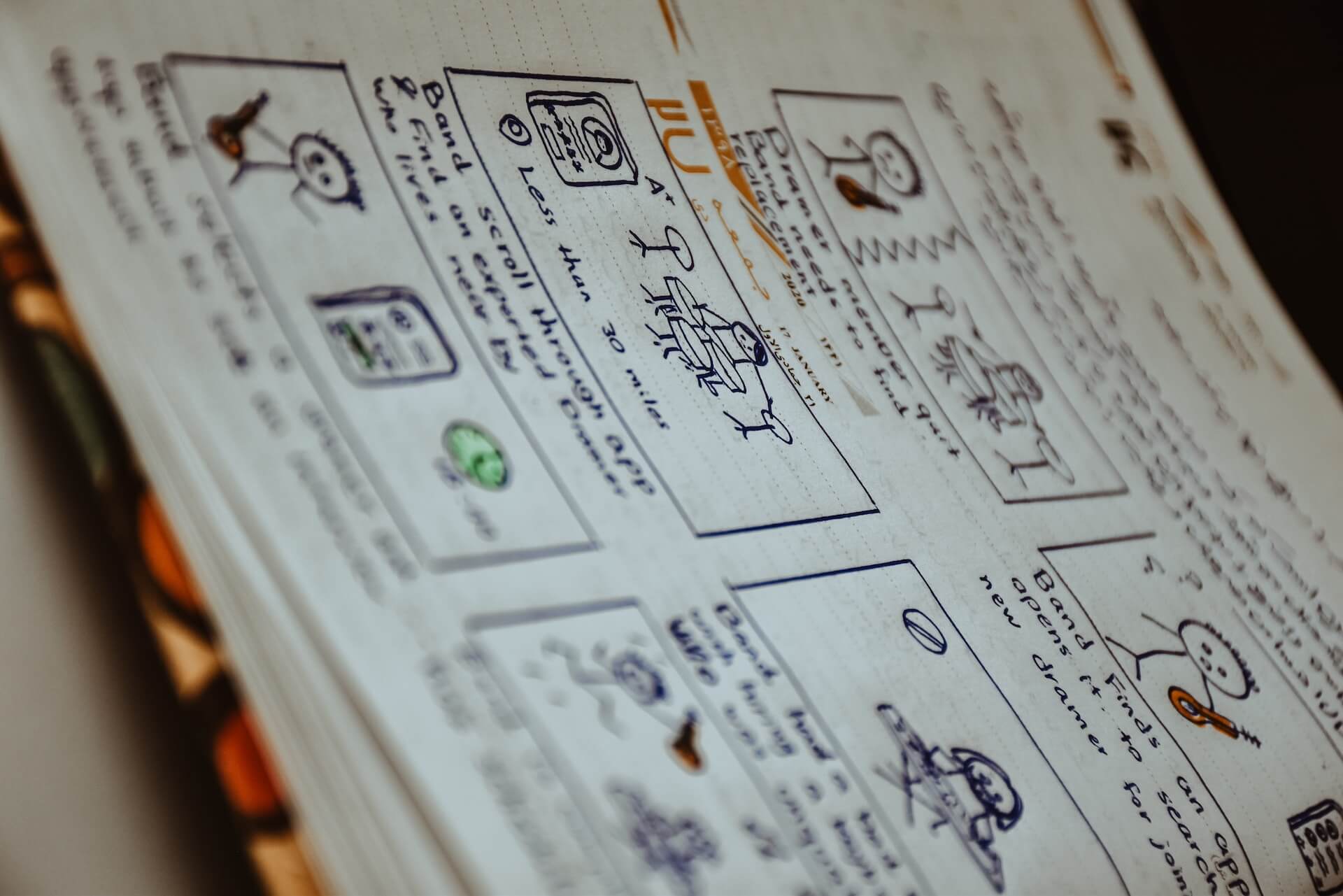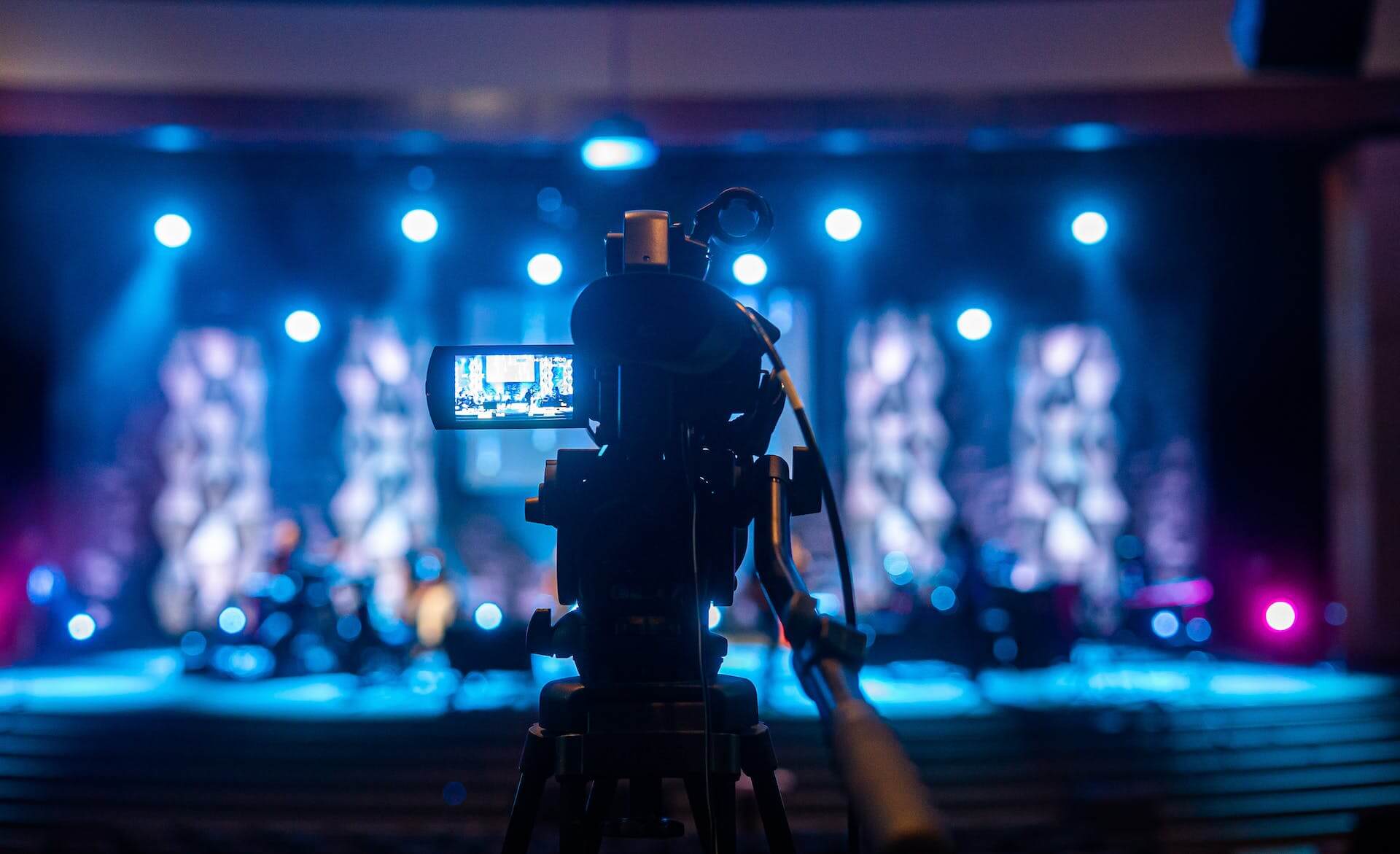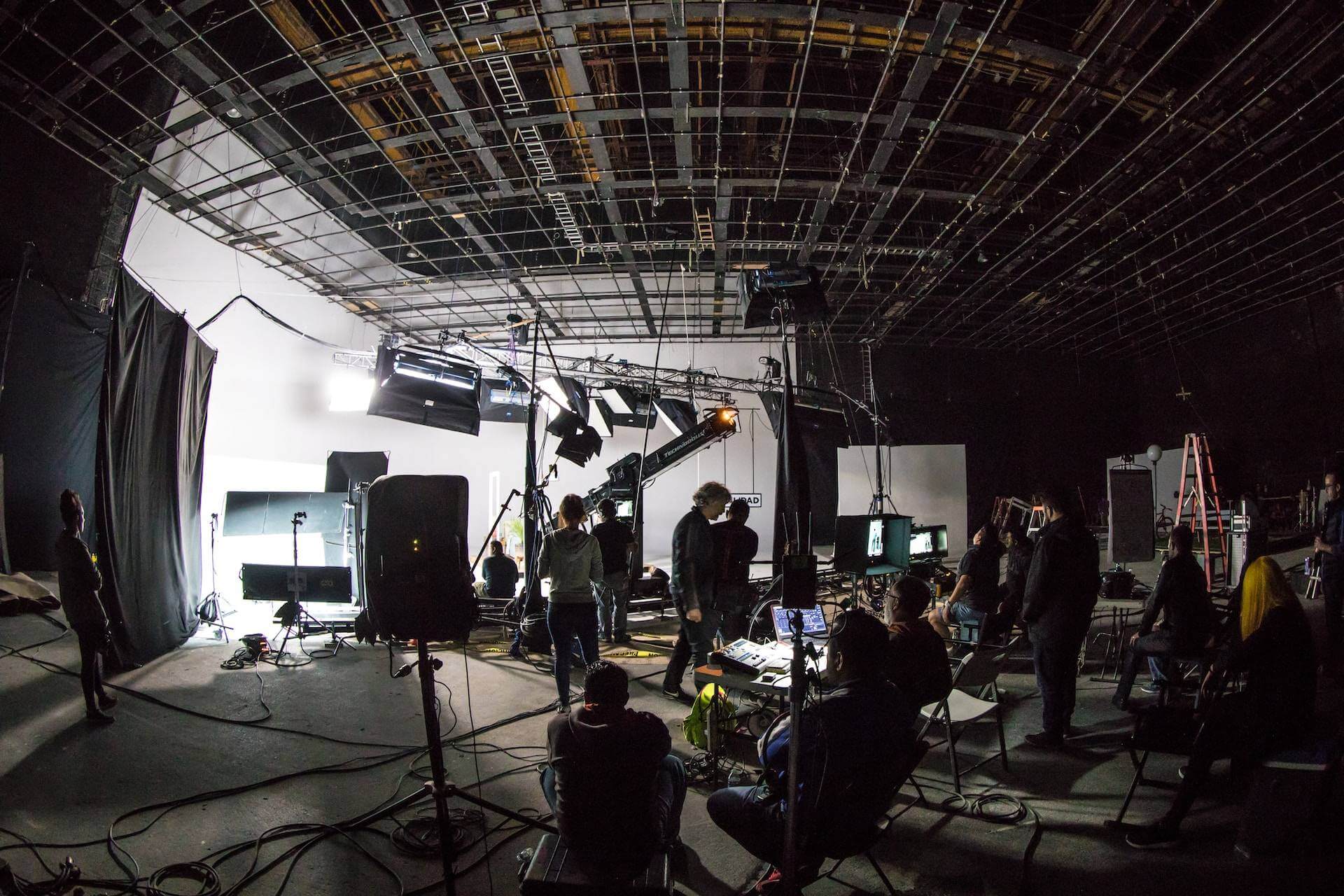Individuals constantly commit similar measures of errors when they first begin video shooting: Trees or utility poles standing out of the back of somebody’s head. Interview subjects who are blurs because there was splendid light in the background. Boring shots of structures with no activity. Here are some shooting tips to enable you to maintain a strategic distance from a portion of these normal mistakes. We prescribe that you go out and shoot some video first, and afterward read these tips while evaluating your recording to understand what you have to keep away from.
PLANNING YOUR SHOOT
Talk over your video shooting with different individuals from the creation team and make sure you clear any doubt on what shots you need to recount the story. In case you’re alone, review a rundown of shots you require. Compose the story first in your mind, and rundown the components you need to get the opportunity to do that story. Consider what will look great visually, and how your shots will meet up consecutively. View your piece as a skeleton, and you’re shooting the tissue for each one of those bones.
SHOOT SELECTIVELY
Think before you begin your video shooting and don’t squander tape. Know about what you’re shooting and when the tape is rolling. Try not to roll tape except if you’re making a shot. For instance, don’t roll tape when you’re changing from one shot to the next or focusing. Hold up until the point that you have the shot you need to roll tape. That way you’ll spare an enormous measure of time later when you’re capturing your video into a PC and you won’t need to review 60 minutes of tape length with a ton of garbage to discover the 20 minutes of shots you need. What’s more, you’ll set aside some cash by utilizing less tape.
SHOOT IN SEQUENCES
This is particularly evident when shooting B-roll, for example, crowd scenes or nature shots, instead of a static shot of an interview with somebody. Keep in mind that you will figure out what the viewer sees and how the story unfurls, so endeavour to shoot discrete portions that you can assemble into that story when you’re editing. Here’s a precedent: Think of various scenes, as in a film. Every one of those scenes is comprised of sequences. In each sequence, you have to pursue the action, and shoot wide, medium and close-up.
FRAMING AND COMPOSING YOUR SHOTS
Know about composition in your shots and how you outline your shots, especially with interviews. When shooting interviews focus on your environment and don’t be hesitant or timid about shifting furniture, moving things on a work area, moving plants out of the frame of your shot, and so on. To enhance the setting, or asking the subject from your shoot to change positions so that you can properly frame the shot. Also, in case you’re having technical issues, don’t be hesitant to assume responsibility and stop the interview until the point when you can properly set up the shot.
CHANGE ANGLES AND PERSPECTIVES
Attempt to change point as well as angle of view after each shot. Search for intriguing view. Try not to shoot everything from eye level – it’s boring. Particularly attempt shots where you hold your camera near the ground and shoot up toward your subject. The little size of digital camcorders makes these shots simple to take. For instance, in case you’re shooting a scene like individuals strolling on a walkway, hold the camera low to demonstrate their feet moving, instead of straight-on shots of their faces.
Attempt to get individuals in your shots during video shooting, which quite often makes the video additionally fascinating. Try not to complete a static shot of the front of a building – attempt to incorporate individuals strolling in and out to animate the scene.




